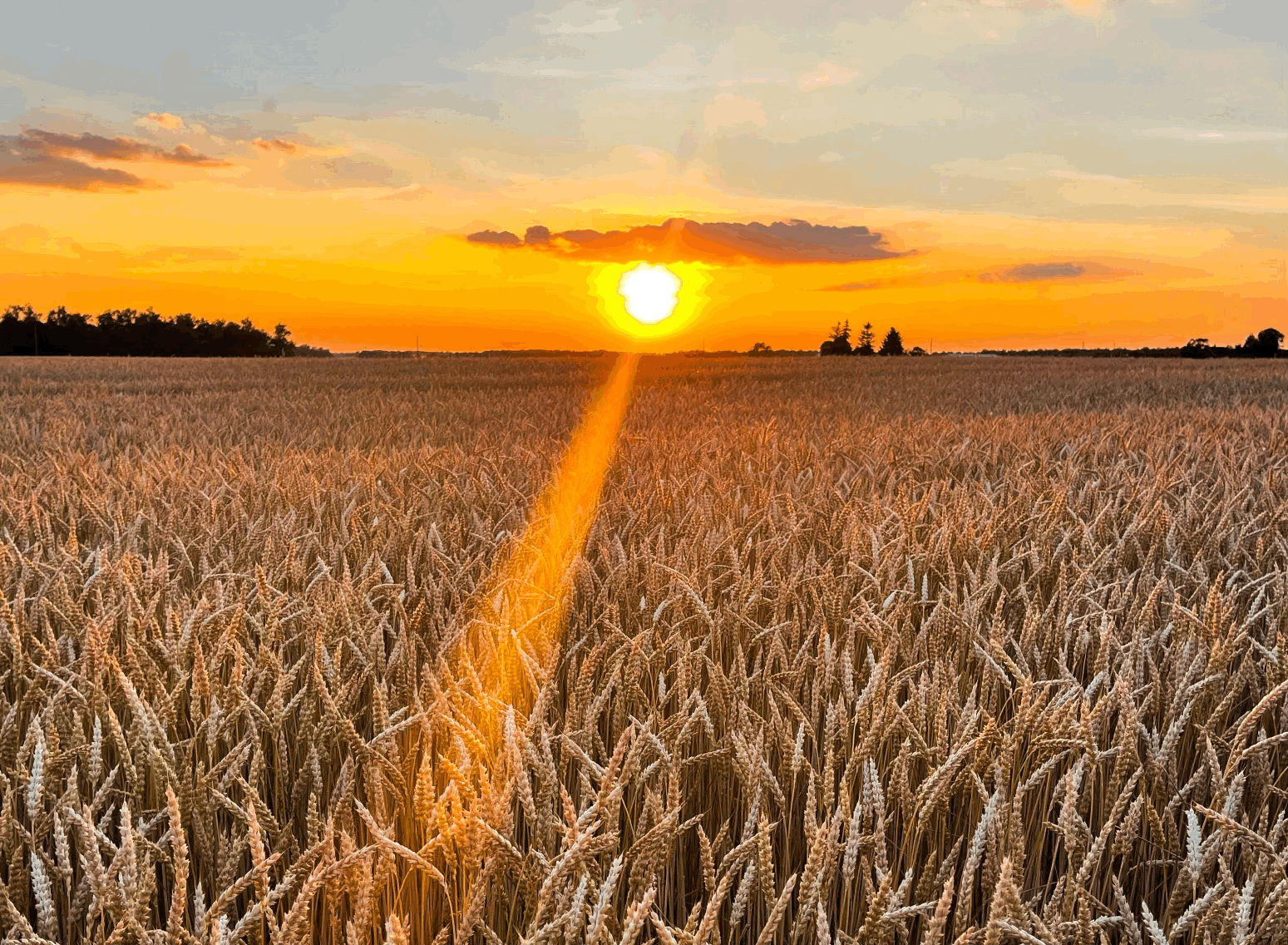Traditional Weeds Turned Rising Biofuel
/By Emma Wischmeier, Law Clerk for Janzen Schroeder Ag Law
I recently attended Bayer’s Top Producer Women’s Summit. There were many topics from farm succession to Smart Corn. One session that interested me was Trends in Biofuels, specifically Pennycress used for biofuels.
For many farmers, pennycress is just another weed that field scouts look for before creating a prescription to rid the pest of their cash crop field. However, pennycress may be on the brink of a total rebrand. Pennycress may no longer be the weed that farmers are spraying for, but rather the crop planted to capitalize on a growing biofuels market.
Biofuels have grown exponentially over the last decade. Liquid biofuel markets stood at 116.00 billion dollars in 2019 and are expected to reach 219.97 billion by 2027. Biofuels have both environmental and economic benefits. Biofuels are known to be a “greener” source of energy and can aid in decreasing pollution. Economically, biofuels offer an opportunity to reduce dependence on foreign oil sources and generate revenue for farmers.
Corn and soybeans are typically the crops that come to mind when considering the composition of biodiesel or ethanol. These types of food crops are referred to as first-generation biofuels. However, food crops are not the only source for biofuels. Second-generation biofuels come from non-food crops and waste biomass (used cooking oil, corncobs, straw, and wood byproducts). More recent third-generation biofuels use algae and other microbiomes as a feedstock.
The concept behind pennycress as a biofuel source is that a grower would plant it as a cover crop post fall harvest, harvest the crop in late spring/early summer, and plant double crop corn or soybeans.
There are multiple benefits to this double crop scheme. First, the grower can capture two crops in one year, which presents an opportunity for additional revenue. Second, the grower reaps the advantages of cover crops. Cover crops are known for aiding in moisture control, preventing soil and wind erosion, and building the organic matter in soil profiles. Not only are cover crops great for soil management and conservation, this type of crop has also gained traction with the increased acknowledgment of carbon sequestration and use of cover crops in carbon contracts. Third, pennycress could potentially be used for carbon contracts due to its cover crop nature.
While the concept of using this oilseed as a biofuel has been around for over a decade, CoverCress, a company focused on advancing pennycress as a renewable oilseed and animal feed crop, has gained recent popularity with buy-ins from big name companies like Bunge, Chevron, and Bayer. CoverCress is set to launch its pennycress on a limited commercial scale this fall in East Central Missouri.
“Extreme Makeover: Weed Addition” may be the subject of many agronomy and crop planning discussions in the next few years. Pennycress should be a plant that you definitely keep on your scouting radar.



